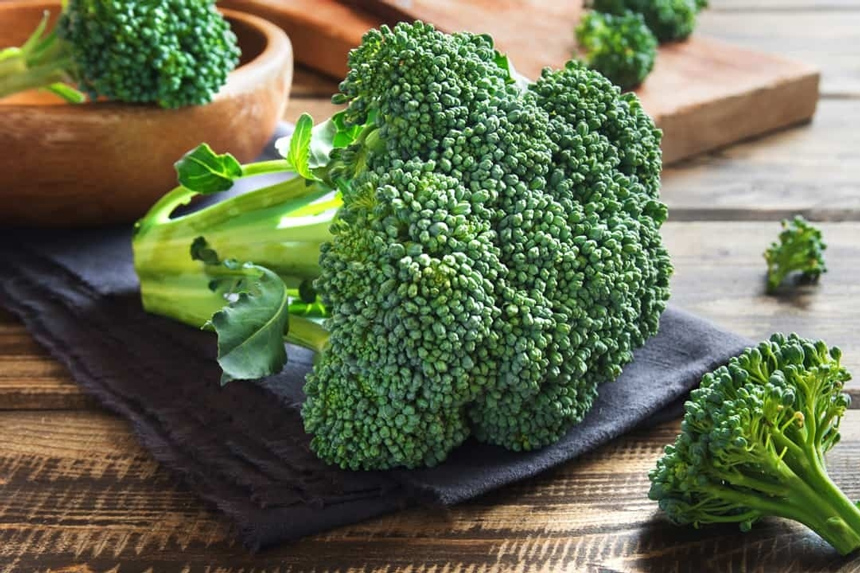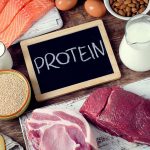 `
`
In a world where processed foods are the norm, it’s crucial to spotlight the importance of a low-sodium diet, especially for individuals battling health concerns such as kidney disorders. This guide is designed to navigate the essentials of such a diet, pinpointing ten must-have foods that not only promise low sodium content but also pack a nutritious punch.
Sodium, a pivotal mineral, is vital in numerous bodily functions, including regulating fluids and blood pressure. Naturally occurring in various foods, sodium levels are particularly high in processed items due to added salt, which enhances flavor. However, for those facing conditions like heart failure or hypertension, reducing sodium intake is often advised to prevent complications. A low-sodium diet, therefore, limits the consumption of high-sodium foods, aiming for a daily intake of less than 2,300 mg, the equivalent of roughly one teaspoon of table salt. [1]
- Broccoli
- Quinoa
- Apples
- Sweet Potatoes
- Almonds
- Olive Oil
- Brown Rice
- Unsweetened Yogurt
- Pumpkin Seeds
- Fresh Cod
Broccoli
Broccoli stands out as a powerhouse of nutrients with its notably low sodium content. This cruciferous vegetable is versatile in the kitchen and it brings many health benefits, including a high fiber content that aids digestion and the presence of vitamins C and K, which is essential for bone health and immune function. A study has even linked broccoli consumption with reduced cancer risk, attributing this effect to its rich antioxidant content. [2]
Broccoli can be enjoyed in numerous ways, from steamed to roasted or raw in salads. Its recipe adaptability ensures it can cater to various tastes, making it a staple in low-sodium diets. Moreover, its role in enhancing liver health by aiding detoxification underscores its nutritional value.





